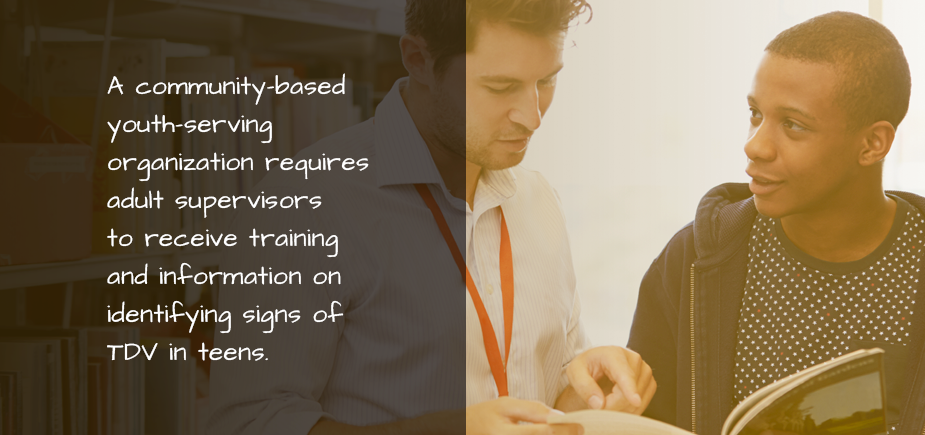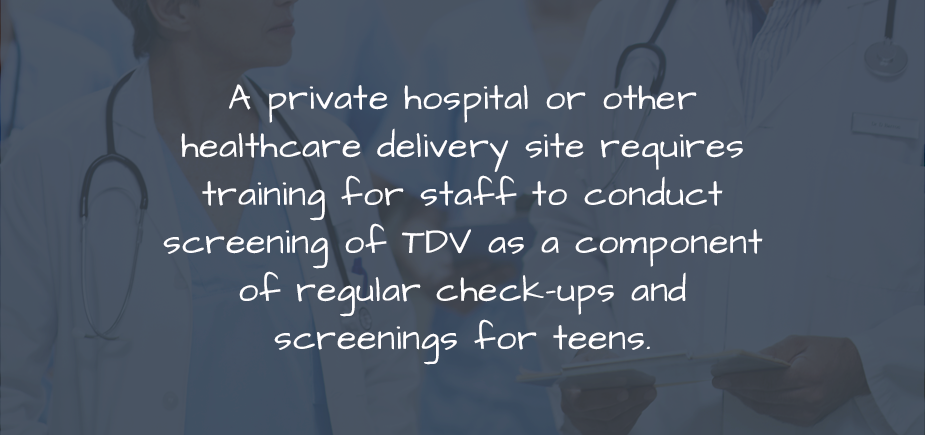Prior to engaging in policy-related efforts organizations can consider their capacity and the appropriate roles and responsibilities for local stakeholders.
Consider Local Capacity for Informing Policy
An important first step is to assess the allowability of policy activities. Once determining that the proposed activities are allowable, you should asses the skills, capacity, and resources possessed by your organization, community advisory board, and other partners to determine how these can contribute to policy efforts. This could start with internal conversation between your organization and partners about the goals for such work, including discussions about how past experiences and skills in other areas can be applied to policy efforts. Identify the skills (e.g., facilitation, coalition building, meeting coordination, communication, planning, policy analysis, preparing written documents, educating stakeholders, monitoring, evaluation) and resources (e.g., meeting space, access to data, funding) that you, your colleagues, and your partners use in your everyday work that can contribute to efforts to inform policy.
The DM Capacity Assessment and Planning Tool (DM-CAPT) provides a mechanism for assessing capacity to inform policy. The DM-CAPT is available to the public on vetoviolence.cdc.gov. Consider using the DM-CAPT within your organization and with partners to determine the local capacity for informing policy.
A number of capacity areas from the DM-CAPT are relevant to policy development, implementation, and evaluation.
Organizational Policy Examples
Explore Organizational Strengths for Informing Policy
Organizational cohesion enhances your ability to smoothly develop goals, outcomes, and strategies and to implement a policy plan.
Knowledge about and experience with TDV Prevention and promoting healthy relationships is useful for positioning your organization as a credible resource for information about TDV and theory- and evidence-based TDV prevention strategies. Your history with TDV prevention is useful for defining the problem of TDV in your community and identifying gaps in policy related to TDV prevention.
Collaboration uses partnerships with those with whom you have collaborated in the past, including your community advisory board. Linkages with community-based organizations facilitate information and idea sharing that will enrich your goals and help you implement your strategies. Collaborating with other governmental agencies can help implement new policies and ensure that existing policies are based on up-to-date data and evidence.
Capacity to support evaluation activities enhances your ability to monitor and evaluate your policy efforts and track your accomplishments.
Violence prevention policy activities provide experience working at different levels to support the use of policy solutions related to violence prevention.
Integrated data systems provide a systematic approach to gathering and sharing data with other governmental and other local agencies, and will guide you in determining your goals and desired outcomes.





